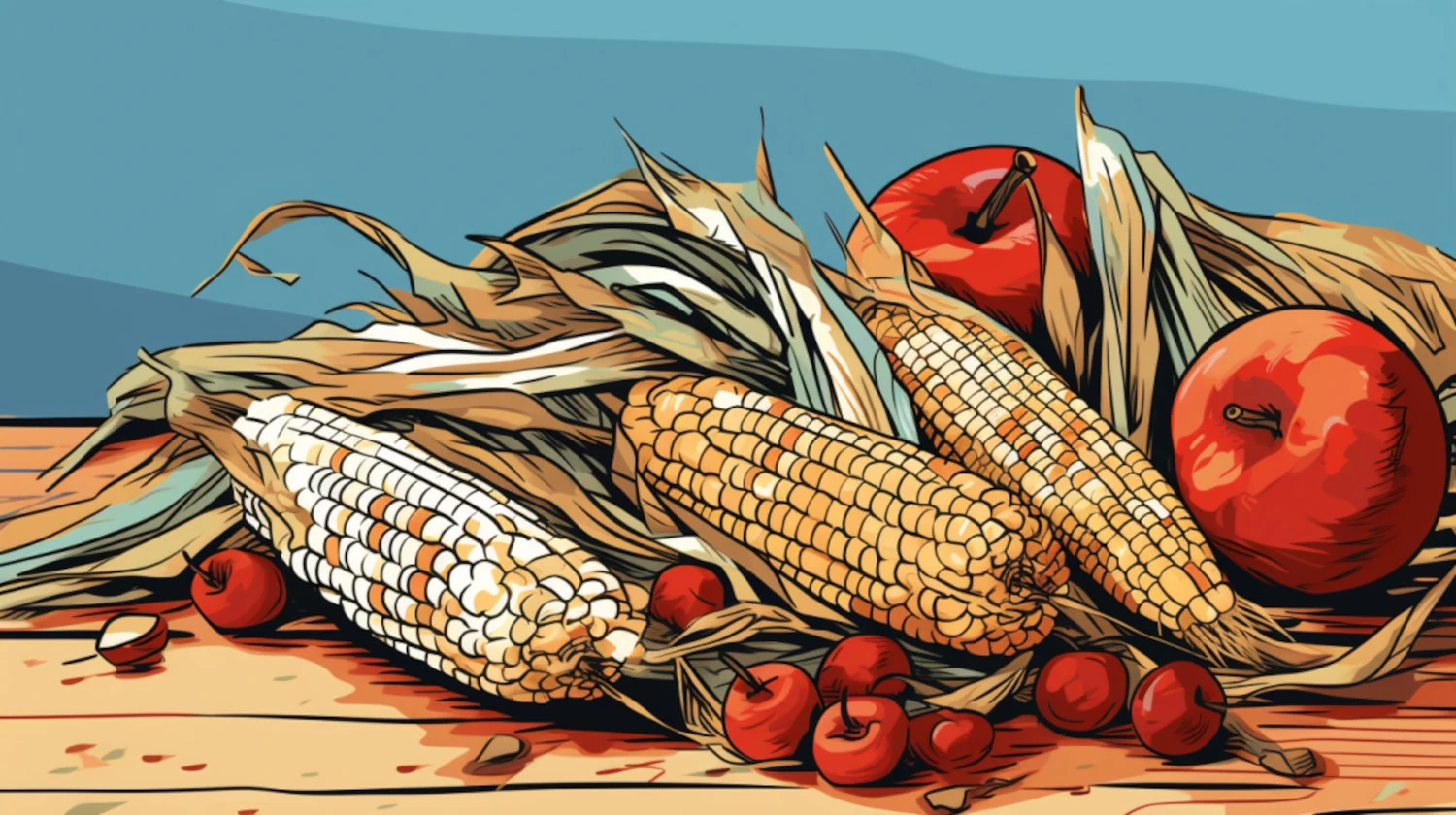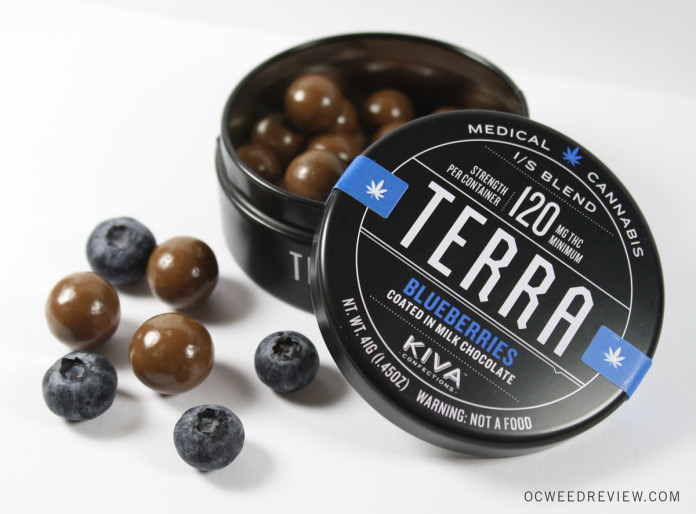Key Takeaways
- Top-quality rolling papers can enhance the cannabis smoking experience.
- Many brands of rolling papers have gained the trust of patients and consumers.
- Although there are risks associated with smoking, choosing the right rolling paper can help reduce the extent of harm.
Despite the potential health risks, smoking joints continues to be one of the most popular ways of consuming cannabis, mainly because of its convenience and versatility.
A joint, however, is only as good as the paper it’s rolled in. Whether you’re a dedicated joint roller or new to the experience, check out these rolling paper brands that have become favorites of cannabis patients and consumers.
Best Rolling Papers for Medical Cannabis Patients

Cannabis patients should understand that there are risks inherent to smoking. There is no such thing as a healthy rolling paper.
Several rolling paper brands, however, have stood the test of time and are chosen favorites. If you don’t yet have a go-to rolling paper, consider the following options:
Zig-Zig
Zig-Zag has been an icon of the cannabis community for generations. With over a century of experience in making rolling papers, Zig-Zag has attracted a loyal following. They’re most recognizable papers have been treated with bleach, but unbleached options, including the more sustainable Organic Hemp line, are also available.
RAW
RAW rolling papers are another favorite of the cannabis community. Made with unbleached hemp fiber, RAW offers minimally processed rolling materials for its customers.
OCB
OCB rolling papers are ultra-thin, slow-burning rolling papers with more than a century in the industry. Options include Brown Rice, Organic Hemp, and Bamboo, all produced sustainably at the company’s carbon-neutral facility in Perpignan, France.
Elements
Elements rolling papers are made from super-thin rice paper, offering a clean-burning, virtually ashless smoking experience. The neutral flavor of Elements papers allows the natural flavor of the cannabis to shine through.
Vibes
Vibes is a rolling paper brand founded by rapper and cannabis entrepreneur Berner. Manufactured in France and cut and assembled in the Dominican Republic, Vibes papers are designed to preserve the flavor of fine cannabis.
Do Rolling Papers Matter?
The rolling papers that cannabis patients use to roll joints are an important consideration. The best rolling papers burn slowly, evenly, and cleanly, enhancing the smoking experience.
Top-quality rolling papers are typically made from wood pulp, hemp, flax, rice paper (which often contains no actual rice straw), and other natural fibers. Transparent rolling papers made from cellulose are also available.
The thickness of rolling papers can affect how they burn. Thinner papers generally burn more slowly, but can tear easily, making them more difficult to roll. Thicker papers are more forgiving and can be a better option for those learning how to roll a joint.
Some consumers prefer natural papers with a neutral flavor that doesn’t overpower the terpenes and other aromatic compounds in the cannabis. Flavored rolling papers are available and can be a preferred flavor enhancement for some users. Still, it’s important to note that they can contain additives that may not be suitable for a cleaner smoking experience.
Additionally, consider other safety factors. Analytic tests have shown that some rolling papers contain potentially harmful compounds, such as heavy metals.
Possible Dangers of Cheap Rolling Papers

Research into the safety of rolling papers has revealed that certain brands and types of products may pose safety concerns. A study published in 2024 analyzed the heavy metal content of popular brands of cannabis rolling papers.1 While concluding that most brands tested had lower levels of heavy metals than state maximum levels for cannabis, some contained toxic compounds, particularly those that were dyed.
While rolling papers should not be considered a healthy option, choosing brands that have been minimally processed and do not contain additives such as dyes, flavorings, or fragrances is the best way to reduce additional risks.
Tips for Buying Rolling Papers as a Patient

Because rolling the perfect joint is a personal and subjective undertaking, choosing a brand of rolling papers that will be everyone’s favorite isn’t possible. Consider several factors when shopping.
The thinnest rolling papers generally burn evenly and slowly, making joints rolled with them less likely to “canoe” (when the paper does not burn all the way around, instead leaving a burnt trail running down the joint).
Most rolling paper brands offer a variety of sizes. Standard-sized rolling papers are popular, but they can be more difficult to roll than bigger sizes, particularly for individuals with large hands. Larger papers also make bigger joints, of course, which can be a great option for sharing with friends and fellow patients.
For those who have yet to master the art of rolling, most brands also offer cones, which are rolling paper already glued into a flared tube. They often come with a filter tip already in place and are ready to fill with cannabis.
Keep On Rolling
If you’re a regular joint smoker, learning to roll your own is a valuable skill that can help users fine-tune the cannabis experience to their liking. After trying a few brands, dedicated joint rollers soon find the papers they like the best.
There is also a myriad of other cannabis accessories to help joint rollers perfect their craft. A vast array of jars and other containers is available for proper cannabis storage, while grinders and rolling trays are handy for prepping weed before it is rolled.
If you’ve never rolled a joint, give it a try. All you need is some cannabis nugs and a pack of rolling papers, patience, and determination. If you ever run out of papers, check out these rolling paper alternatives.
References
- Wright, D., Jarvie, M. M., Southwell, B., Kincaid, C., Westrick, J., Perera, S. S., Edwards, D., & Cody, R. B. (2024). Elemental Composition of Commercially Available Cannabis Rolling Papers. ACS Omega, 9(17), 19020 ↩︎
The information in this article and any included images or charts are for educational purposes only. This information is neither a substitute for, nor does it replace, professional legal advice or medical advice, diagnosis, or treatment. If you have any concerns or questions about laws, regulations, or your health, you should always consult with an attorney, physician or other licensed professional.




